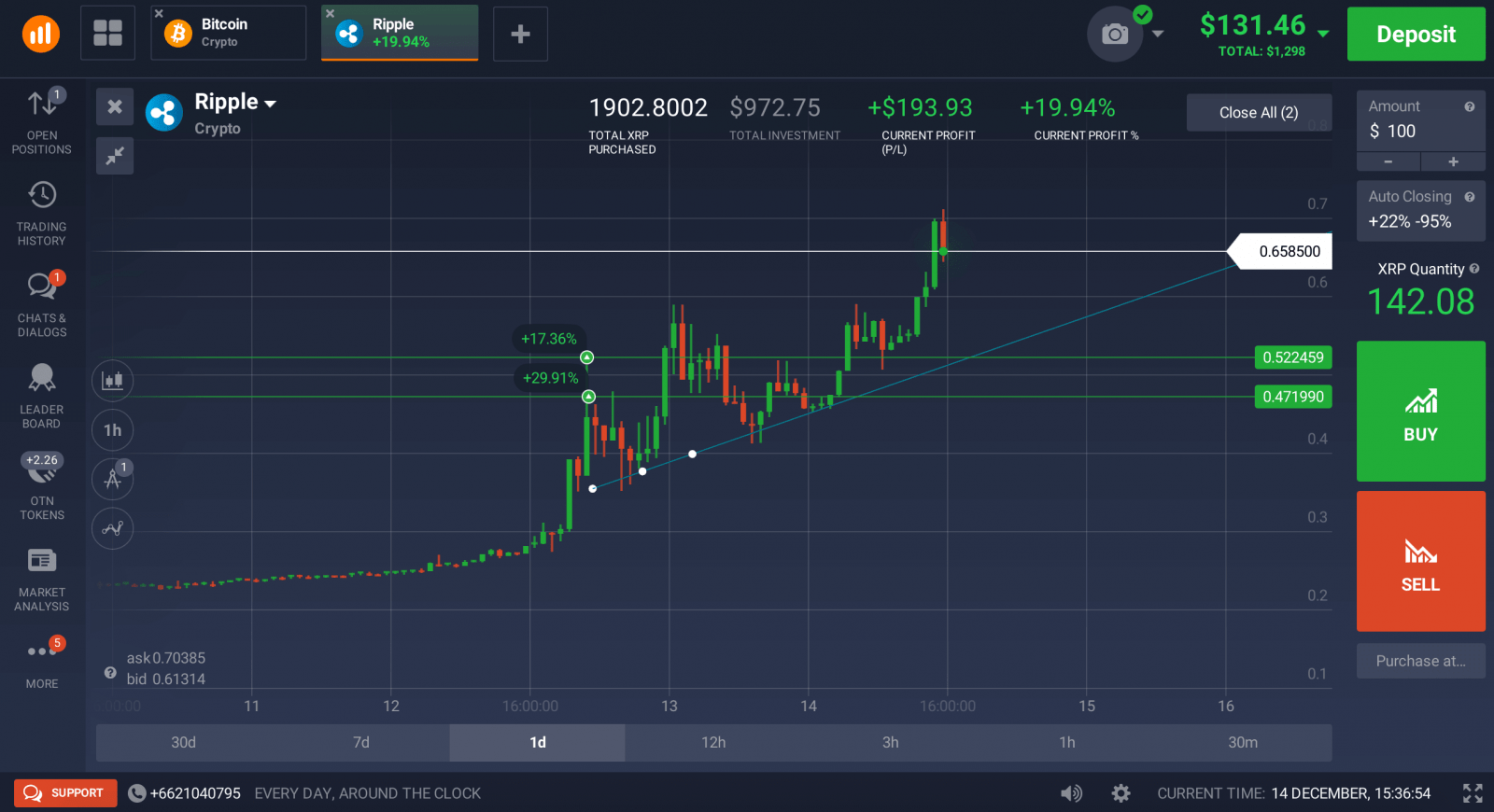
Image: www.youtube.com
Introduction:
In the realm of investing, options trading stands out as a sophisticated financial strategy that offers the potential for lucrative returns. Understanding the nuances of options trading, particularly the concept of profit before selling, is essential for unlocking the full extent of its benefits. This comprehensive guide will delve into the intricate details of options trading, exploring the mechanisms that drive profit generation and equipping you with the knowledge to maximize your chances of success in this dynamic market.
What are Options Contracts?
Before delving into profit realization, it’s crucial to define options contracts. Options are financial instruments that grant the holder the right, but not the obligation, to buy (a call) or sell (a put) an underlying asset at a specified price (the strike price) on or before a predetermined date (the expiration date). This flexibility provides options traders with a unique advantage in navigating market fluctuations.
Determining Profit in Options Trading:
The profit potential in options trading hinges upon the difference between the option’s premium, which is the price paid to purchase the contract, and the profit or loss generated from exercising the option. For instance, an investor who buys a call option with a strike price of $100 and a premium of $5 will profit if the underlying asset’s market price exceeds $105 (the strike price plus the premium) at the time of exercise or expiration.
Factors Influencing Option Premiums:
Option premiums are not static and are subject to the influence of several key factors:
- Underlying Asset Price: The price of the underlying asset has a direct impact on option premiums. As the asset price rises, call option premiums tend to increase, while put option premiums decrease.
- Volatility: The expected volatility of the underlying asset influences option premiums. Higher volatility leads to higher premiums as investors demand compensation for the increased risk.
- Time to Expiration: The closer the option gets to its expiration date, the lower its premium becomes, known as time decay.
Strategies for Profiting Before Selling:
Skilled options traders employ various strategies to generate profit before selling their contracts. Here are some popular methods:
- Covered Call: In a covered call, an investor sells (writes) a call option on an underlying asset they own and intend to hold. If the asset’s price rises above the strike price, the trader profits from the increase as well as the premium received from selling the call.
- Cash-Covered Put: Similar to a covered call, a cash-covered put involves selling a put option on an asset while holding the necessary funds to acquire it at the strike price if the option is exercised.
- Collar Strategy: A collar strategy combines a long call and a short call option, both with the same underlying asset and expiration date but different strike prices. This strategy limits the potential profit but also reduces the overall risk.
- Vertical Spread: A vertical spread involves buying one option (either a call or put) at a lower strike price and selling another option (either a call or put) at a higher strike price. Vertical spreads are often used to exploit volatility swings.
Conclusion:
Options trading offers a multifaceted approach to profit generation, with the potential to profit even before selling the contracts. A thorough understanding of options contracts, their pricing factors, and various profit-maximizing strategies is essential for navigating the complexities of this market successfully. By leveraging the insights provided in this guide, investors can enhance their trading acumen and optimize their chances of profiting in options trading before selling.

Image: www.kingdavidsuite.com
Options Trading Profit Before Selling

Image: www.youtube.com






